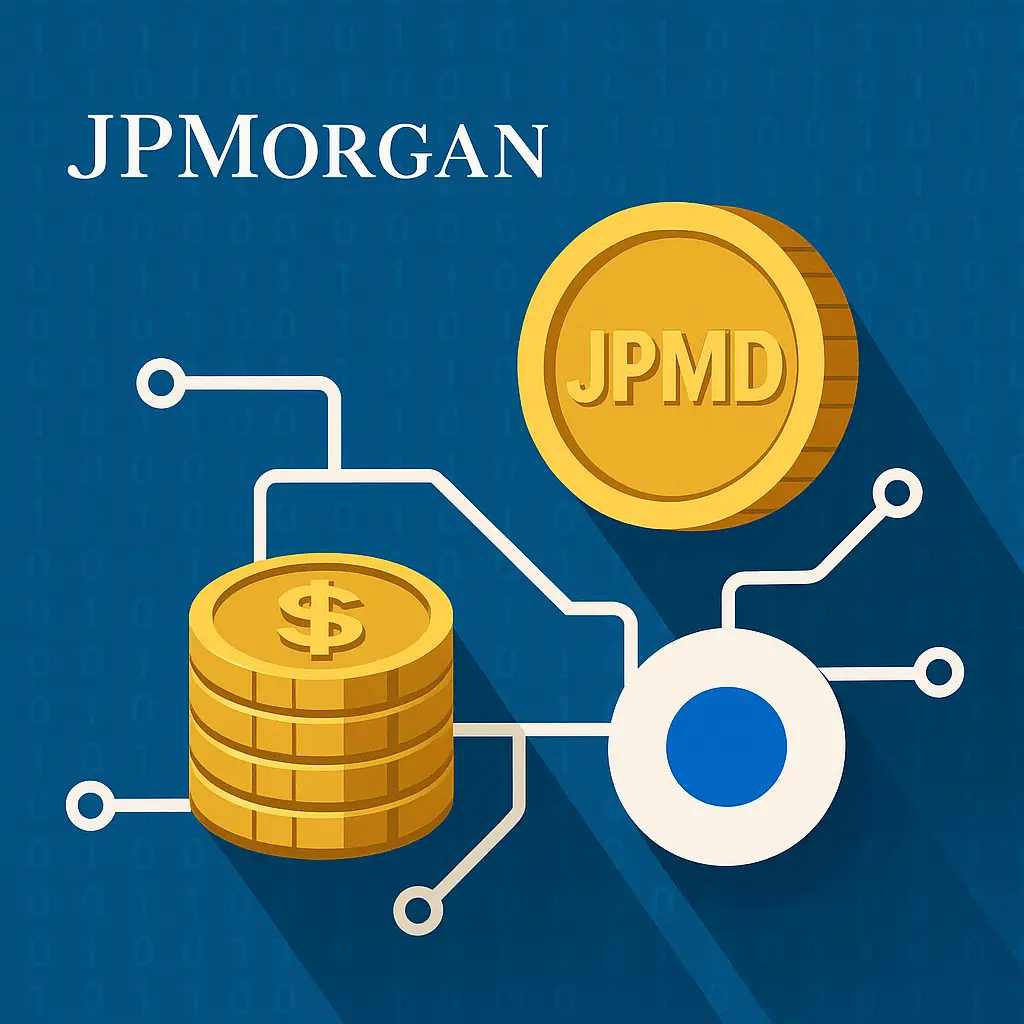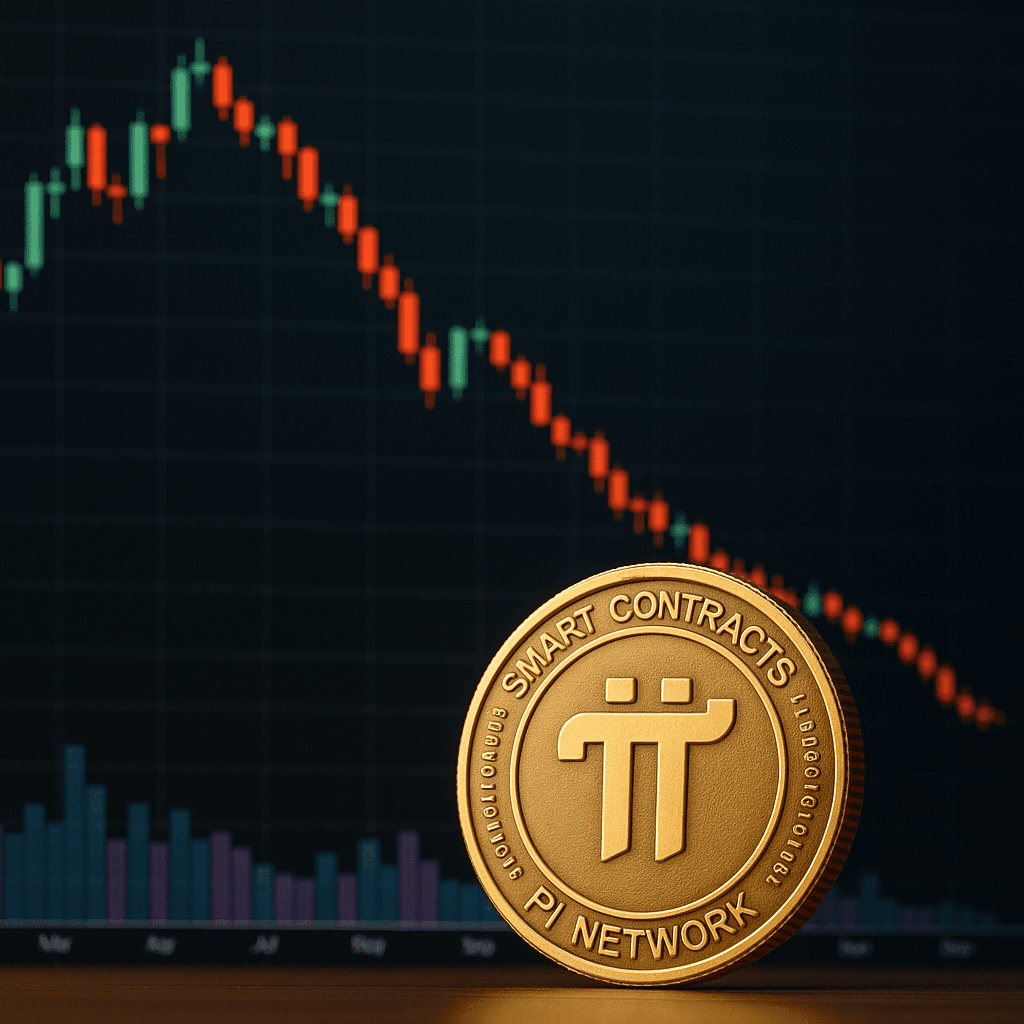JPMorgan is breaking new ground in the digital asset space with the launch of JPMD, a permissioned USD deposit token for institutional clients, issued via Coinbase’s Base, an Ethereum Layer‑2 network.
What Is JPMD and How It Works
- Bank-Backed Deposit Token: JPMD represents dollar deposits held at JPMorgan, anchored one-to-one but issued using a fractional reserve model—unlike traditional stablecoins.
- Permissioned Access: Only JPMorgan-approved institutional clients, including Coinbase, can hold and transact JPMD.
- Interest Potential: JPMorgan plans to offer interest on JPMD, enhancing its appeal over non-yielding stablecoins.
Why Base?
- 24/7 Settlement: Base enables near-instant, low-cost transactions—“sub-second, sub-cent” transfers ideal for institutional use.
- Public but Regulated: As a public Ethereum Layer‑2 built by Coinbase, Base offers strong compliance controls via a governance council—balancing decentralization and oversight.
Institutional Significance
- Superior to Stablecoins: JPMorgan positions JPMD as more scalable and controllable than private stablecoins, aligning with regulated banking frameworks.
- Complement to GENIUS Act: The token’s debut closely follows the Senate’s approval of the GENIUS Act, hinting at a new era for bank-integrated digital currencies.
- Enhanced Institutional Utility: JPMD is tailored for treasury settlement, cross-border transfers, and 24/7 tokenized asset use, addressing institutional demands.
Broader Implications
- Transition from JPM Coin: JPMD evolves JPMorgan’s private JPM Coin into a public-chain-compatible token, enhancing interoperability.
- Industry Copycatting: Banks like Bank of America, Citi, Wells Fargo, and SocGen are exploring similar tokenized deposit instruments.
- Tokenized Finance Pathway: JPMD could revolutionize real-world asset tokenization, streamline settlement and reshape capital markets infrastructure.
Summary
JPMorgan’s JPMD pilot on Base marks a pivotal shift toward bank-issued digital currencies. Combining rapid settlement, regulatory compliance, and potential yield, it positions JPMorgan—and institutional finance more broadly—for a future where traditional banking and blockchain interconnect more seamlessly than ever.




